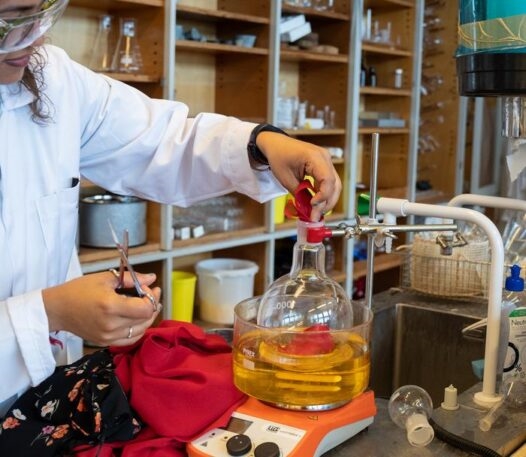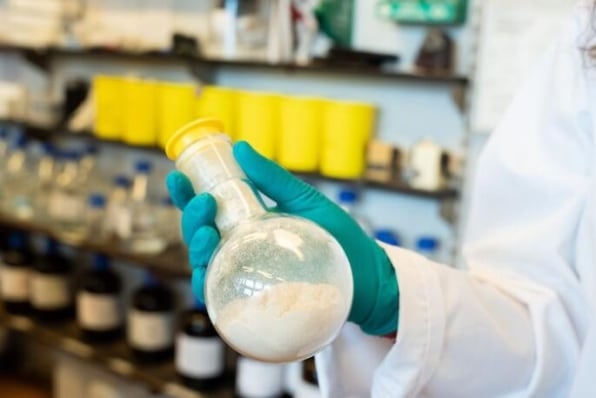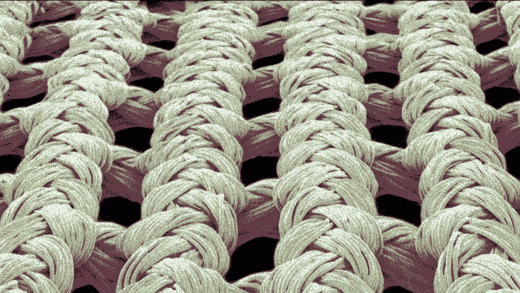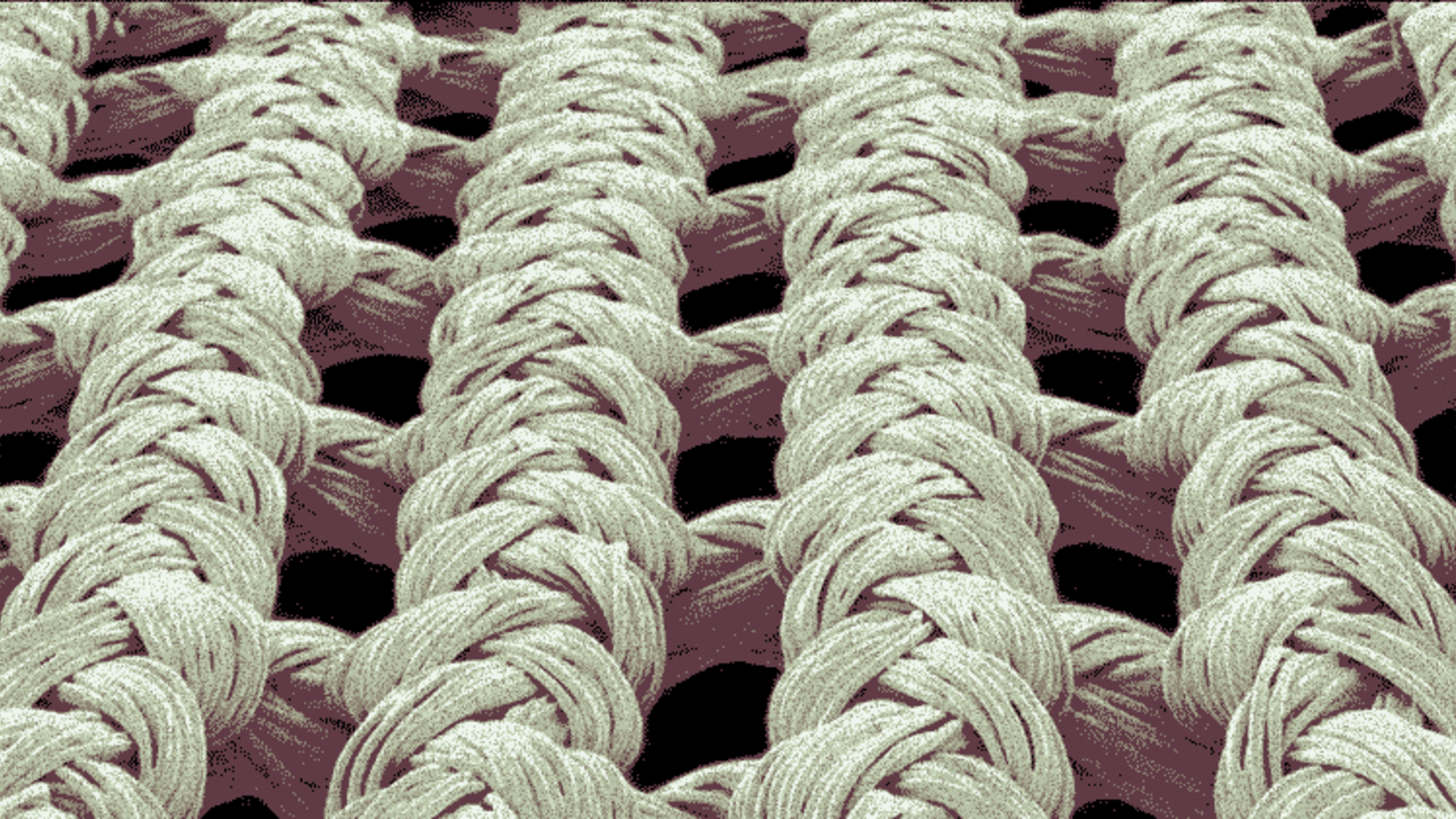This old-fashioned baking ingredient could be the key to recycling polyester
Polyester is a big environmental problem. The fabric is used to make everything from shirts and pants to socks and underwear, and since it’s made of plastic—specifically polyethylene terephthalate, or PET, the same type used in water bottles—it doesn’t break down. It’s also incredibly difficult to recycle, especially when blended with other fabrics like cotton. But now, with the help of a once-common household ingredient used in baking, researchers have found a way to break down poly-cotton blends so that both the plastic and cotton can be reused.
The market for cotton-polyester blends, or poly-cotton, is massive, estimated at $15.9 billion globally in 2023 and expected to keep growing. It’s also a big part of textile pollution, accounting for half of global textile waste. Though polyester and cotton can each be recycled on their own, it’s more difficult once they’re blended. The typical process of melting polyester degrades the cotton fibers so that they are no longer reusable; it also releases pollution. Using chemical recycling, with acids and solvents to dissolve the plastics, creates hazardous by-products that can get into the environment and contaminate water streams.

Researchers at the University of Copenhagen were looking for a “green” way to recycle this fabric, and PET in general, without producing any other harmful effects. Called the ??Jiwoong Lee group, the researchers often look for ways they can use CO2 in chemical reactions, because it’s a gas that doesn’t create any other waste once used. When trying out different methods, they stumbled upon hartshorn salt, also called ammonium bicarbonate or baker’s ammonia—a once-common leavening agent for baking before baking powder became popular.
Hartshorn salt is made up of ammonia, CO2, and water. When heated, the ammonia and CO2 react to break down polyester while leaving the cotton unharmed. “To the best of our knowledge, until now there was no way to safely extract cotton [from PET],” says Shriaya Sharma, a PhD student in the research group and one of the authors of the paper published in the journal ACS Sustainable Chemistry & Engineering.
There are other poly-cotton recycling programs, but none keep the cotton fibers intact or allow the materials to be turned back into textiles. For instance, a commercial poly-cotton recycling plant in Australia breaks down the cotton into cellulose that can be used for things like paints and cosmetics; a Swedish forestry cooperative turns the cotton into wood pulp; and a startup called Circ is working on poly-cotton recycling with a process that dissolves the cotton to create lyocell, a semisynthetic fabric.

Along with keeping the cotton fibers intact, the Copenhagen researchers’ method also allows the polyester to be reused, and doesn’t create any waste. They added a solvent in the mix—ethylene glycol—that reacts with the PET plastic to turn it into BHET, basically the starting material to make plastics like polyester. “You can heat it up to polymerize it again and make PET,” Sharma says. “It’s kind of a closed loop. You don’t throw anything out. . . . Whatever you’re getting out of it, you can reuse it to make new material.”
Sharma admits she was surprised it worked. First, the researchers used the method to break down a PET bottle. Then, they thought they could expand it to other polymers, and tested it on clothing. The researchers put hartshorn salt, ethylene glycol, and pieces of a cut-up poly-cotton dress together and heated it to 160 degrees Celsius (320 degrees Fahrenheit). After 24 hours, they came back to find a liquid, with the plastic and the cotton fibers separated in layers.
“We saw something floating on top, and we were confused. It took us a while to recognize that it’s cotton,” Sharma says. “We did a lot of tests to study the structure of the cotton, and to our surprise [it] remains intact. . . . So you can practically reuse that cotton to make another T-shirt. That was really unbelievable.”
Because all the ingredients used are nontoxic and don’t produce anything toxic, the recycling process is also safe; Sharma says that schoolkids who visited the lab were able to conduct the same experiment themselves. The method is also cheap, but so far, researchers have done this recycling process only in the lab, which limits how much they can scale up. However, they’ve already applied for a patent, and are hoping to find collaborators so that they can test the process on a larger scale and, perhaps, eventually industrialize it, which, Sharma says, “will really be a breakthrough in the textile industry.”
(25)



